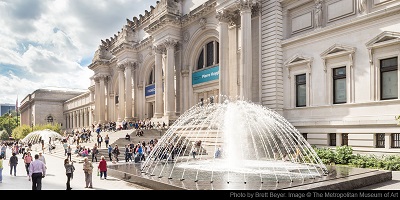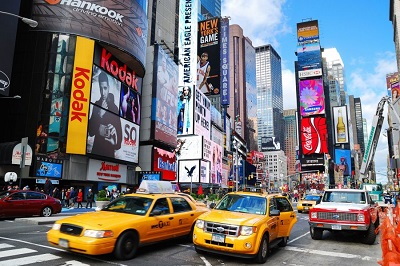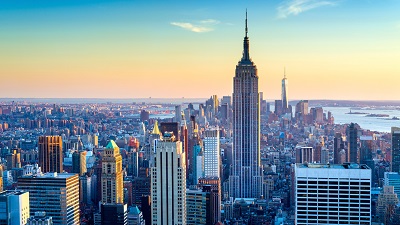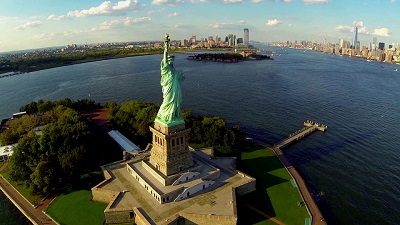- Metropolitan Museum of Art
- Times Square
- Empire State Building
- Centarl Park
- Statue of Liberty and Ellis Island
Metropolitan Museum of Art
It would be possible to roam the labyrinthine corridors of the colossal Metropolitan Museum of Art for days. The Met has more than 2 million works of art representing 5,000 years of history, so it's a good idea to plan ahead; looking at everything here could take a week.
Back to top
Times Square
Hands down, Times Square is the most frenetic part of New York City, a cacophony of flashing lights and shoulder-to-shoulder crowds that many New Yorkers studiously avoid. If you like sensory overload, the chaotic mix of huge underwear billboards, flashing digital displays, on-location television broadcasts, naked cowboys, and Elmo clones will give you your fix.
Back to top
Empire State Building
Hands down, Times Square is the most frenetic part of New York City, a cacophony of flashing lights and shoulder-to-shoulder crowds that many New Yorkers studiously avoid. If you like sensory overload, the chaotic mix of huge underwear billboards, flashing digital displays, on-location television broadcasts, naked cowboys, and Elmo clones will give you your fix.
Back to top
Central Park
A combination escape hatch and exercise yard, Central Park is an urbanized Eden that gives residents and visitors alike a bite of the apple. The busy southern section of Central Park, from 59th to 72nd Street, is where most visitors get their first impression. But no matter how many people congregate around here, you can always find a spot to picnic, ponder, or just take in the greenery, especially on a sunny day.
Back to top
Statue of Liberty and Ellis Islangd
For millions of immigrants, the first glimpse of America was the Statue of Liberty, growing from a vaguely defined figure on the horizon into a towering, stately colossus. Visitors approaching Liberty Island on the ferry from Battery Park may experience a similar sense of wonder. The neighboring Ellis Island National Museum of Immigration tells the story not just of Ellis Island but of immigration from the colonial era to the present day, though numerous galleries containing artifacts, photographs, and taped oral histories.
Back to top
